Retrofit in paradise
After one sailor bought his dream boat, the Nordic 40 Arctic Tern, he found fixing it in Baja, California, to be cheap, easy and rewarding
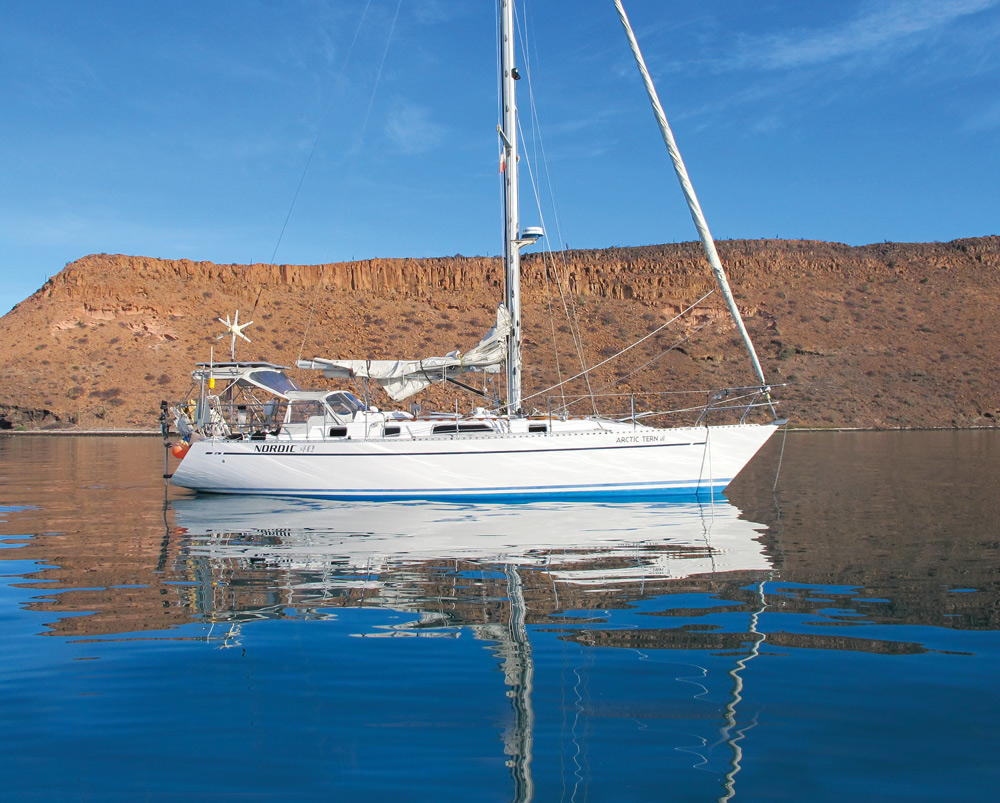
I’d been searching for a boat for years. I wanted “classic plastic,” and my favorite designs were from the 1970s and 1980s. Robert Perry designed many of the ones I liked most. I frequently bookmarked Tayana, Passport and Baba models when surfing boats for sale on the internet. What drew me to his boats was that so many had circumnavigated and were known to be comfortable and safe. I had sailed on boats with excessive weather helm and quirky handling. I wanted a boat with less drama that could take me anywhere I cared to go. I liked Perry’s generous galleys and restful interiors. I liked how much he packed into his designs while maintaining performance. For this reason, many consider him the father of modern performance cruisers.
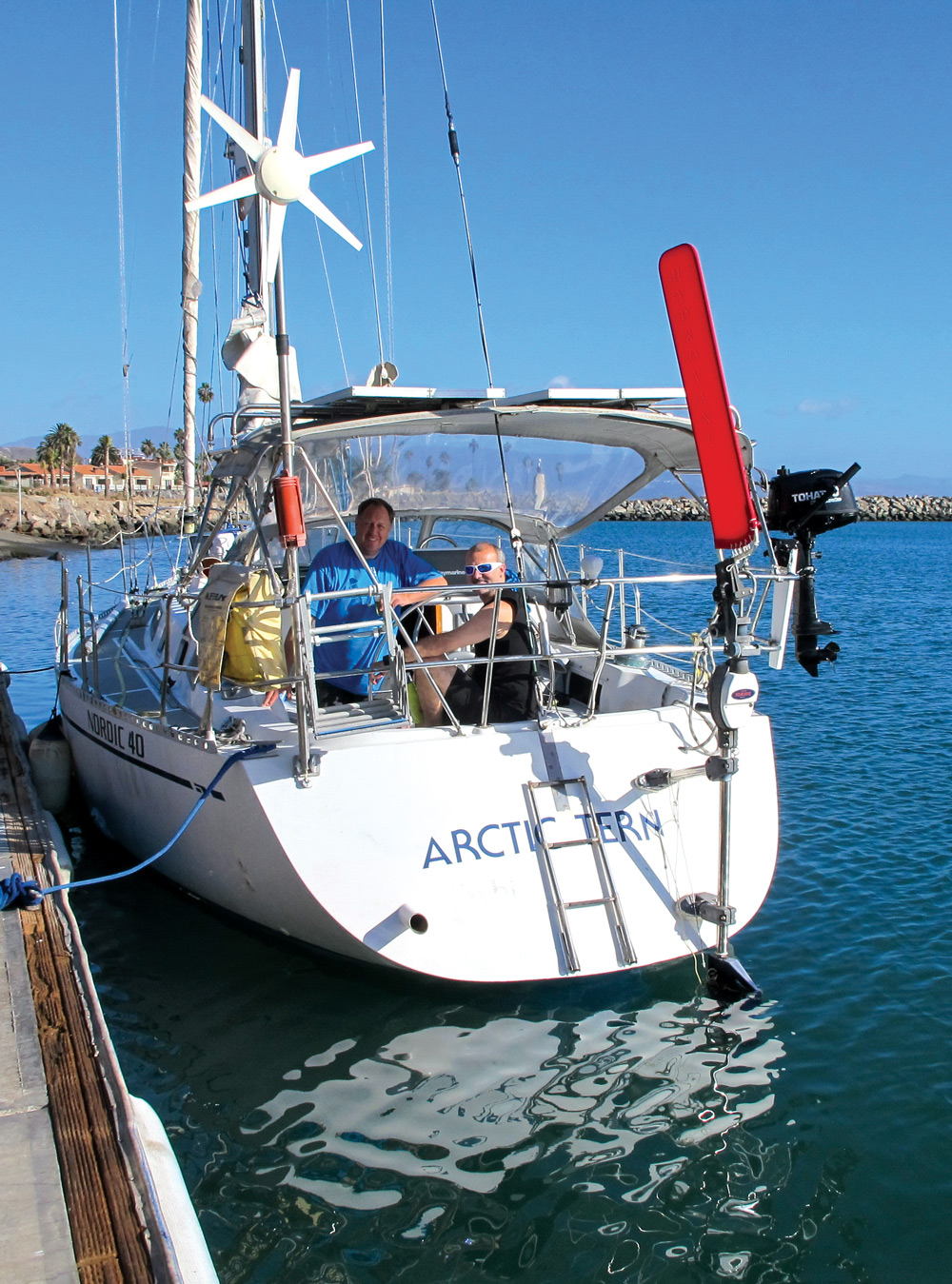
“It has beautiful helm balance, is close winded and fast. It’s like a big pussycat. It does everything the Valiant 40 does and does it all far better. I think it is one of my very best designs,” Perry said of the Nordic 44.
Nordic Yachts went out of business in 1992, with about 40 of the 40-footers built and a similar number of the 44s. The Nordic yard was next to Uniflyte, which built Valiants. After the 44 was produced, Perry was commissioned to design the 40. I liked the 44 more but was committed to finding a boat I could easily handle alone. The 40 was the obvious choice.
Eventually, I found a Nordic 40 named Arctic Tern. It had just completed a one-year circumnavigation and was tired but in good shape. The boat was hull No.1 built in 1981. Jim and Nancy Lethcoe originally owned it. They were liveaboards in Valdez, Alaska, for decades and raised their daughter on board. They wrote “Cruising Guide to Prince William Sound” and several magazine articles with Arctic Tern gracing magazine covers. The second owner brought Arctic Tern back to Bellingham for an extensive refit at the Nordic yard. The boat was rerigged and repowered, and new electronics installed. However, the interior and aesthetics were largely ignored. I knew Arctic Tern had to be mine, and my offer was eventually accepted.
When I bought the boat, I contacted Steve Nordvedt, the founder of Nordic Yachts. The first question he asked was whether I was going to keep the name Arctic Tern. I assured him I wasn’t going to change the name. The first two owners were Alaskans, and I lived on the eastern border of Alaska in the Yukon. All the owners would be northerners, and having a northern name seemed fitting.
The next week, I flew to San Diego to move Arctic Tern to a nearby marina on Shelter Island.
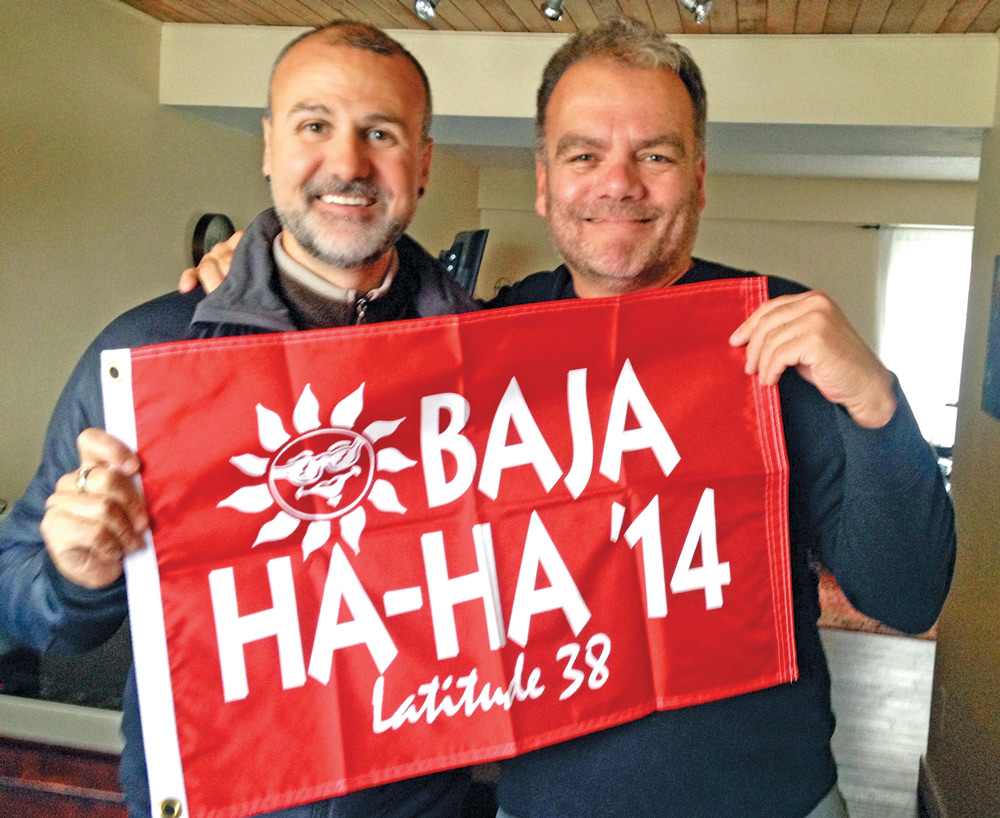
I intended to spend a year or two addressing these issues in Mexico. I registered for the Baja Ha-Ha, a 750-mile rally from San Diego to Cabo San Lucas, Mexico. In preparation, I hired a shop in San Diego to do a full mechanical and electrical survey. The 54-horsepower Yanmar engine was two years old and had 1,500 hours. As the saying goes, the best-spent money is spent by the previous owner. He had spent a small fortune preparing for his circumnavigation, and all I needed were new batteries, a battery charger, and a dingy to reach La Paz.
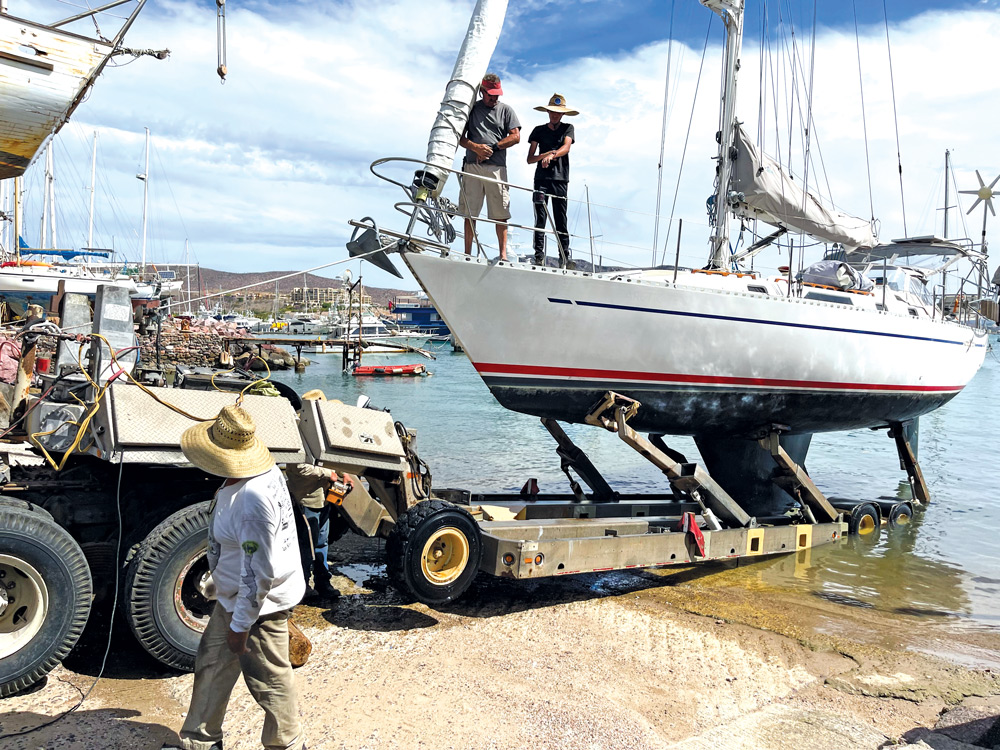
I topped up fuel at Marina Costa Baja, about five miles from La Paz and looked for a slip. Studying the rate sheet, I found that staying for a month was almost as much money as a week. So I booked a month. That night after a margarita pizza and a couple of local Pacifico beers, I fell asleep, grateful to have arrived in this beautiful place.
The next afternoon, I washed my boat. An older woman stopped to speak with me about Arctic Tern. She knew about Nordics and was curious about my experiences. She explained that she was retiring as a delivery captain and boat broker. She had cruised the Sea of Cortez for decades and was preparing to list her boat. I asked if she had any suggestions for my refit.
“If you do things right,” she said, “you could restore your boat very affordably and well here.”
Because labor was cheap, she said I needed to consider myself more of a project manager. She cautioned me never to allow work to be done unless I was present. I asked her if she could recommend an upholsterer, and without hesitation, she told me to call Francisco.
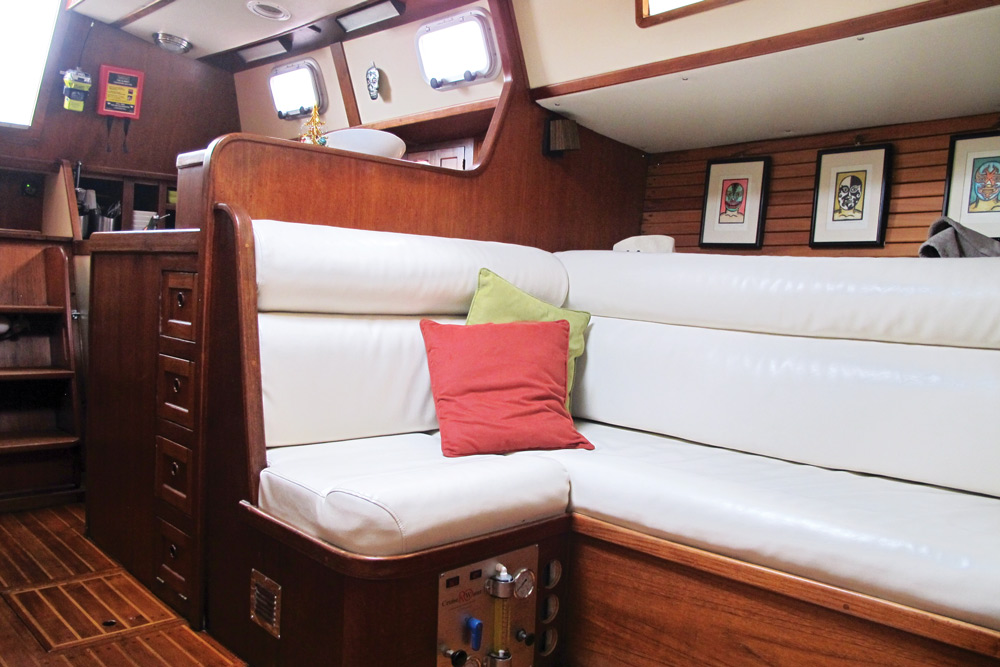
Francisco and his helper removed all the headliners and saloon upholstery and disappeared down the dock. A week later, the headliner was reinstalled, and the new saloon upholstery was added. This simple improvement completely changed the look and feel of the boat. A few weeks later, my daughters arrived for Christmas, and it was their first time seeing the boat. First impressions matter, and I was thrilled to have the boat looking spiffier.

That first month slid into a second, a third and a fourth. I hired a mechanic to remove and service my transmission and fix a leaky seal. I also had my injectors removed and checked by a local diesel lab. It became clear that I could do my refit in La Paz for a fraction of what it would cost back home. And I could do it in a resort surrounded by interesting and fun people. I often went to the pool for a swim before lunch, and many afternoons went to the hot tub after sailing. I went downtown regularly and explored the local cuisine and nightlife. I especially loved seafood tacos at the restaurant called Tacofish.
I settled into a routine of doing boat projects for a few hours each morning. Sometimes, I hired help but often worked alone. Occasionally, friends would show up and ask if they could help. My friend John explained that his Hylas 42 was “done,” and he happily converted my interior lighting to LED and other helpful tasks. The guy on the lovely Passport 47 in the next slip offered to help replace my propane fittings. We bought replacement parts in town and he connected everything. It wasn’t until later that I realized he feared my boat might blow up and take his with it. He had spent 30 years building up the layers of Epiphanes varnish on his toerails and wasn’t going to allow that to happen.
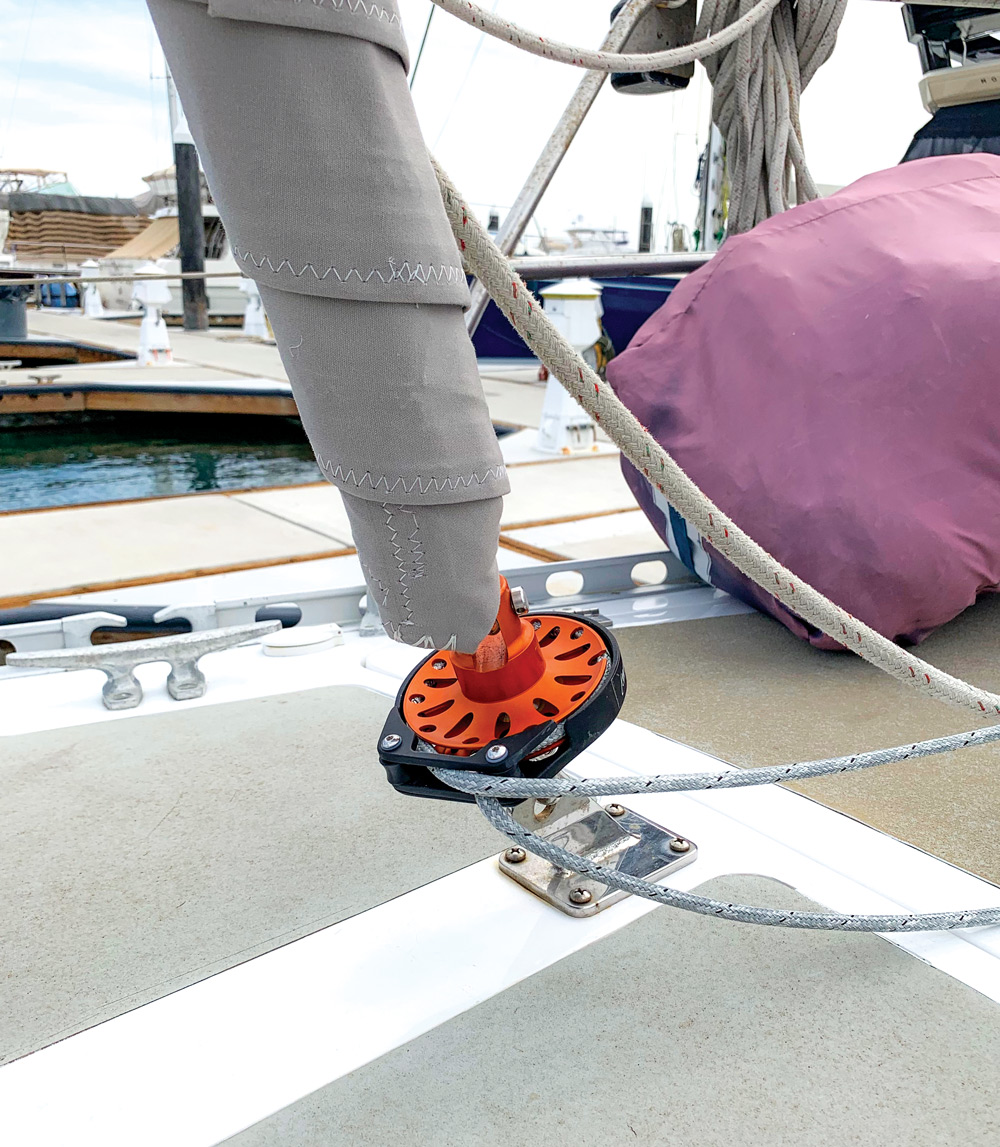
I loved experiencing the different sail handling systems and deck layouts. I loved working on teak foredecks but learned to hate the procedures of covering toerails and washing down the teak after a day’s sail. I preferred my nonskid and getting to the beach club an hour earlier.
During the summers, I hauled Arctic Tern and stored it on the hard. La Paz was once considered a hurricane hole, but with a changing climate, it is vulnerable now. In 2014, when I arrived, Hurricane Odile had ravaged Baja. More than two dozen boats were lost in La Paz, and three cruisers died. Storing my boat on the hard cost $260 a month and allowed me to complete work impossible at the slip. Arctic Tern’s bottom was taken down to gelcoat, and a barrier coat and ceramic paint applied. I had the deck, mast and boom painted with Snow White Awlgrip. I replaced all the through-hulls, chainplates and wire rigging. I reorganized the deck hardware and moved the deck-mounted halyard winches to the mast using Selden plates.
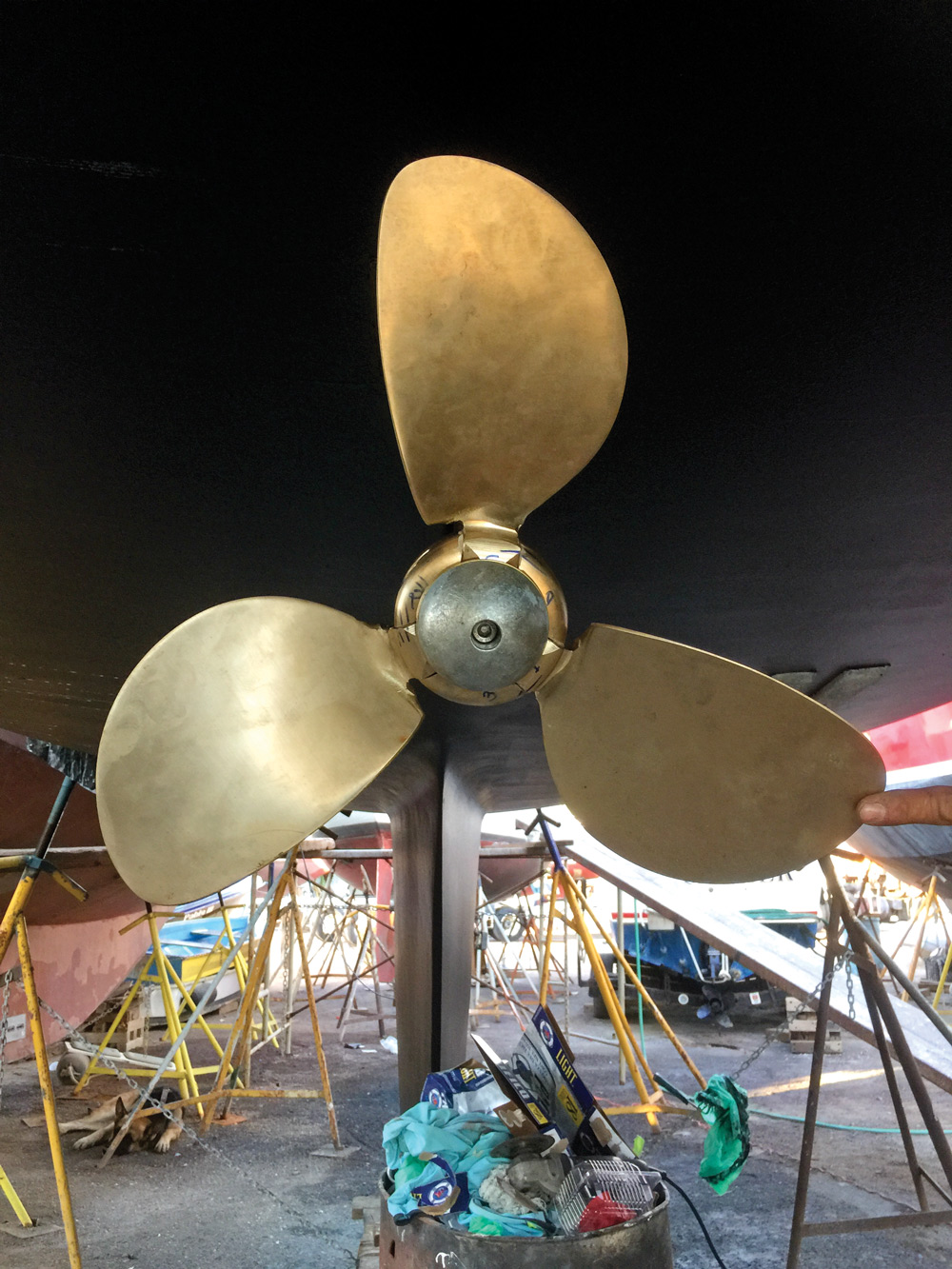
He suggested I install a retractable bowsprit for an asymmetrical spinnaker and a top-down furler that could be handled from the cockpit. He also suggested I add an inner forestay for a storm sail. This sail would have a Spectra bolt and be deployed with a 2:1 Spectra halyard wound on a winch (never on a jammer.) With a top-down furler on the storm sail, I would be prepared when the winds piped up. Since my intent was a solo circumnavigation, I was thrilled to have greater options. I would have the asymmetrical spinnaker in light winds, and in high winds, I would have a quick-to-deploy storm sail. It was like having more gears in a car’s transmission.
I asked Perry what he thought, and he cautioned that the foretriangle on my boat wasn’t big enough for it to be a true cutter. He told me that I would have sloop/cutter, a “slutter.”
I ordered four sails from Mack Sails in Florida. Alex ordered a gorgeous stainless steel bowsprit and top-down furlers from Italy. I ordered running backstays and a new preventer system from San Diego. I bought 30-year-old Lewmar 40s on eBay as secondary winches. These winches matched my primaries but looked so new I had to argue at the border for half an hour because Mexican customs didn’t believe they were used.
I had end cuts of G-10 for backing plates and new halyards and sheets on soft shackles. The local stainless steel guy made deck chainplates for the storm sail that he bolted to the anchor locker. I replaced all my jammers and much of my deck hardware. I had the holes filled and faired, the deck painted, and the hardware remounted. The boat looked much the same, but it now performed better.
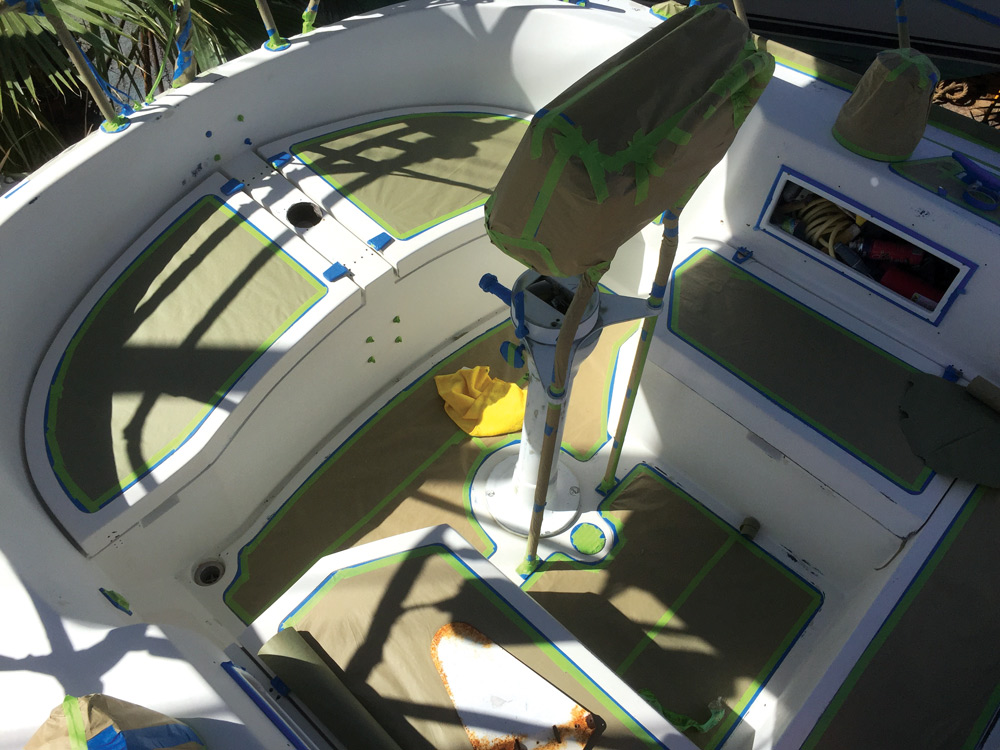
For me, owning my Nordic was like owning a fine home. If you have a Frank Lloyd Wright, you cannot add bay windows and a coffee nook. How we update boats is critical, and one bad owner can ruin it. Simply changing a boot stripe can diminish a boats appearance. I didn’t want to disrespect Perry or Nordvedt.
In the end, it took almost a decade to refit Arctic Tern. I moved relatively slowly because I was having so much fun in Mexico. They were some of the happiest days of my life.

Comments